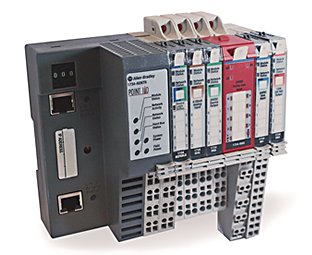

#Point of sales system documentation software#
History Software before the 1990s Įarly electronic cash registers (ECR) were controlled with proprietary software and were limited in function and communication capability. The basic, fundamental definition of a POS System, is a system which allows the processing and recording of transactions between a company and their consumers, at the time in which goods and/or services are purchased. Nevertheless, it is the term POS system rather than retail management system that is in vogue among both end-users and vendors. Some point of sale vendors refer to their POS system as "retail management system" which is actually a more appropriate term given that this software is no longer just about processing sales but comes with many other capabilities such as inventory management, membership system, supplier record, bookkeeping, issuing of purchase orders, quotations and stock transfers, hide barcode label creation, sale reporting and in some cases remote outlets networking or linkage, to name some major ones. This is particularly the case when planning and designing the area as well as when considering a marketing strategy and offers.


Retailers and marketers will often refer to the area around the checkout instead as the point of purchase ( POP) when they are discussing it from the retailer's perspective. The counter of a café at the new Centrum department store in Tampere, Finland in 1961

Other advantages include the ability to implement various types of discounts, a loyalty scheme for customers, and more efficient stock control, and these features are typical of almost all modern ePOS systems. If there is a price change, this can also be easily done through the inventory window.
#Point of sales system documentation code#
Selling prices are linked to the product code of an item when adding stock, so the cashier merely needs to scan this code to process a sale. POS terminal software may also include features for additional functionality, such as inventory management, CRM, financials, or warehousing.īusinesses are increasingly adopting POS systems, and one of the most obvious and compelling reasons is that a POS system does away with the need for price tags. The point of sale is often referred to as the point of service because it is not just a point of sale but also a point of return or customer order. To make a payment, payment terminals, touch screens, and other hardware and software options are available. To calculate the amount owed by a customer, the merchant may use various devices such as weighing scales, barcode scanners, and cash registers (or the more advanced "POS cash registers", which are sometimes also called "POS systems" ). After receiving payment, the merchant may issue a receipt for the transaction, which is usually printed but can also be dispensed with or sent electronically. It is also the point at which a customer makes a payment to the merchant in exchange for goods or after provision of a service. At the point of sale, the merchant calculates the amount owed by the customer, indicates that amount, may prepare an invoice for the customer (which may be a cash register printout), and indicates the options for the customer to make payment. The point of sale ( POS) or point of purchase ( POP) is the time and place where a retail transaction is completed.


 0 kommentar(er)
0 kommentar(er)
